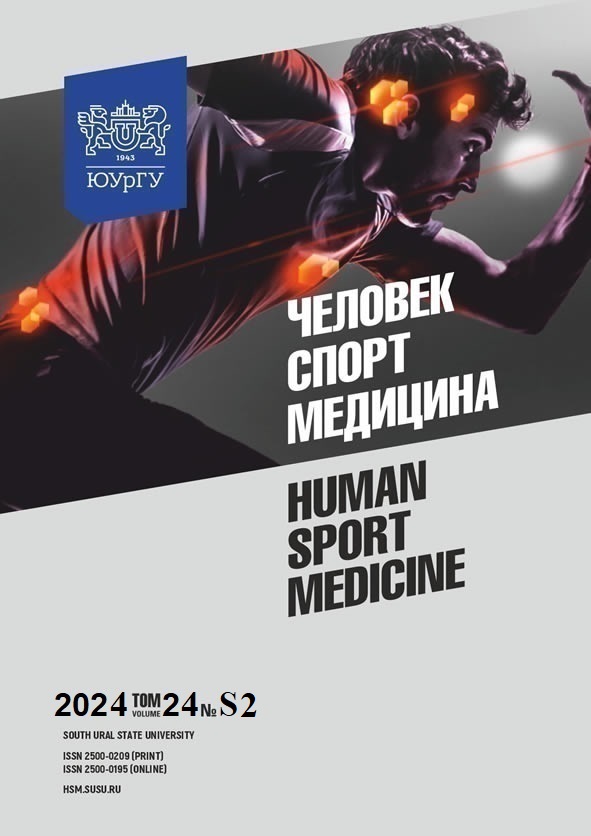INFLUENCE OF PHYGITAL TECHNOLOGIES ON PHYSICAL FITNESS AND BODY COMPOSITION IN FEMALE STUDENTS
Abstract
Aim. This study aims to investigate the influence of phygital technologies on physical fitness and body composition among female students. Materials and methods. This study combines a comprehensive review of existing literature and a survey of 103 first-year female pedagogy students, ages 18–19. Descriptive statistics and factor analysis were used for data processing (p < 0.5). Results. Significant improvements in physical fitness and body composition were observed in both the experimental and control groups for 7 and 2 indicators out of 15, respectively. Conclusions. The results obtained suggest phygital technologies can positively influence body composition parameters such as body mass index, muscle mass percentage, and the erisman index. However, exercise intensity may have been insufficient to provide significant changes in fat percentage, visceral fat, and body water over the period of study. The total weight of identified factors accounted for 70.25%. Five principal factors affecting student functional states were identified, making it possible to design physical training programs in higher education settings. Based on the study outcomes, the integration of Just Dance Now mobile games into physical education curricula was proposed.
References
References on translit
Copyright (c) 2025 Human. Sport. Medicine

This work is licensed under a Creative Commons Attribution-NonCommercial-NoDerivatives 4.0 International License.















